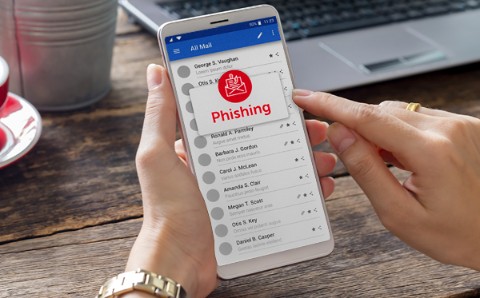General
My Trustbox groups together various documents and personal data in one secure place that only you can access. You can view, save or manage documents there.
- Log in to KBC Mobile
- Tap My Trustbox either on the home screen or under ‘My KBC’
If you don’t see My Trustbox on your home screen, you may have hidden it. To reactivate it, tap ‘Personalise home screen’ at the bottom of your home screen.
- When you go to ‘Documents’, you’ll find a link to your digital safe, Doccle, Zoomit and any estate files in which you’re the next of kin.
- When you go to ‘Home’, you’ll see a link to the Flemish Home Passport and to any home-related products you have at KBC (such as your home loan).
- Under ‘Cybersecurity’, there’s a service which you can use to check whether your e-mail address has been involved in a data breach any time in the past six months.
- Handy links to find info on your ID, career, health and home.
KBC cannot access the data in your digital safe in My Trustbox.
- The status of the estate file
- A list of the documents required to settle the estate and documents you still need to send us. You can upload and send documents here.
- An overview of the invoices you have submitted and their payment status (you’ll also find more information on which invoices we’re legally permitted to pay using the blocked funds). You can upload and send invoices here.
You must be linked as a next of kin to an estate file to gain access to it.
You get automatic access if you’re registered with us as a family contact or if you’re the surviving spouse or a child of the deceased.
Call the helpdesk on 016 86 70 20 or estates@kbc.be.
Cybersecurity
Checking for data breaches
This service checks to see whether your e-mail address has been involved in a data breach during the past six months. You also get notified if your e-mail address is involved in a new data breach. We offer the service in collaboration with a specialised third party, Secutec.
If your e-mail address is involved in a data breach, you’ll be given tips on how to deal with it.
Secutec is a company that specialises in cybersecurity. It provides fast and efficient security services and works with governments and financial institutions.
- Log in to KBC Mobile
- Tap My Trustbox either on the home screen or under ‘My KBC’
- Scroll to ‘Cybersecurity’ and tap ‘Check for a data breach’
This service is completely free of charge.
We only provide Secutec with your e-mail address that’s on our records. The first time you use this service, you will see a screen showing the information we share and a link to Secutec’s data protection statement.
Secutec checks whether your e-mail address is involved in a data breach.
Your e-mail address is involved in a data breach when it, along with your password, is leaked onto the Internet after a database breach. This happens, for example, when cybercriminals manage to get hold of your e-mail address and account password on a social media platform.
Your e-mail address and password were found in a list gleaned from previous database breaches. These so-called combo lists are used for ‘credential stuffing’, a fairly simple technique where criminals load these lists into automated applications to mass-test combinations of e-mail addresses and passwords. These applications test the leaked passwords against thousands of targeted websites and apps until there is a match.
Because we are unable to identify exactly which previous database breaches were involved in these combo lists, we recommend that you change the current password to a new strong one as a precautionary measure.
Please contact our helpdesk on 016 43 25 30 or extraservicessupport@kbc.be.
Tap the three dots at the top right of this additional service to see all the relevant information on questions or problems.


